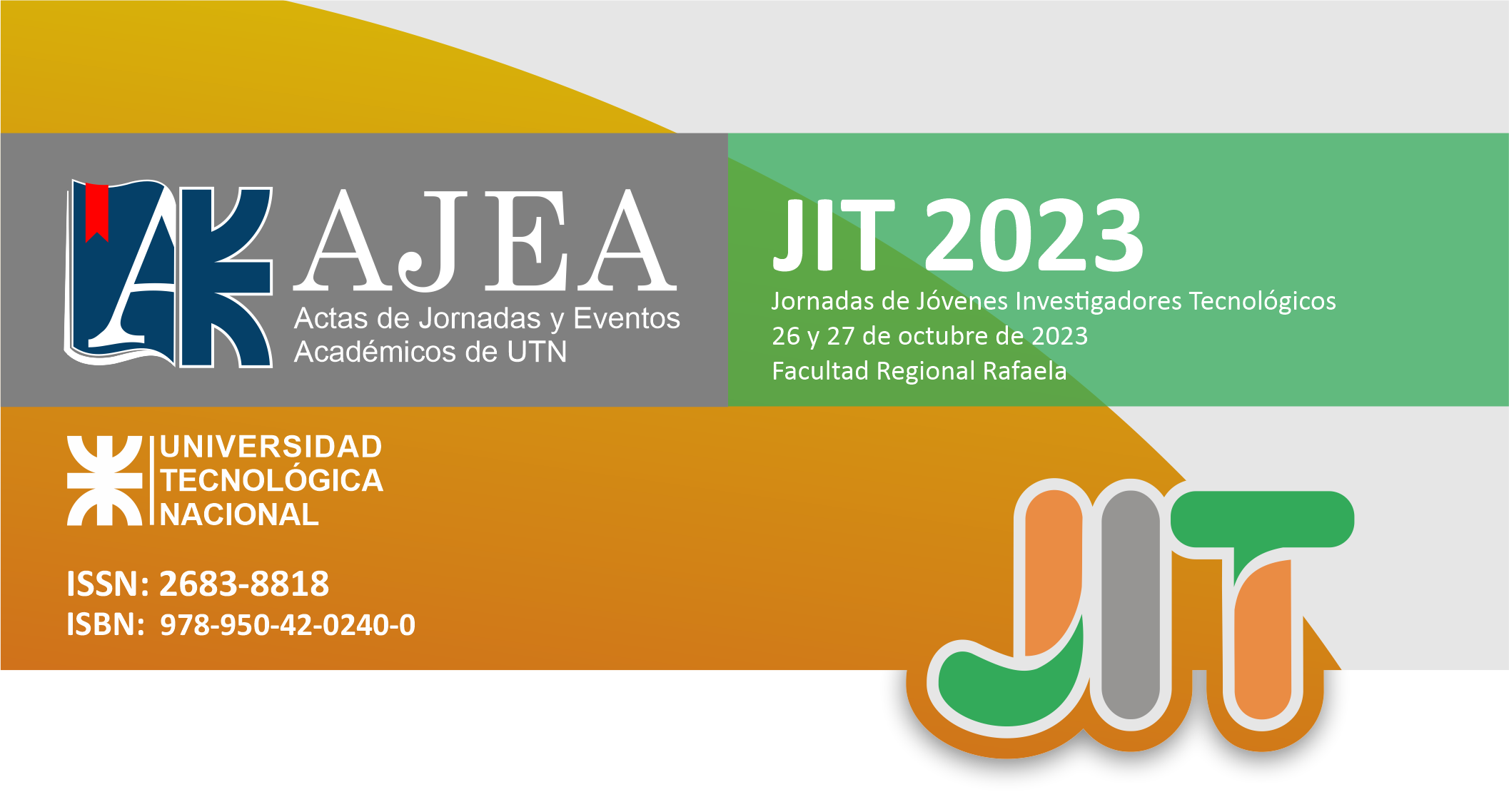Analysis of alternative input variables for the pervious concrete mix design method proposed by ACI.
Keywords:
Pervious Concrete, mix design method, propertiesAbstract
Currently, pervious concrete has a wide application, due to its ability to allow water filtration through its porous structure and adequate mechanical resistance. The determination of mix proportions can be carried out by different methods, one of the most widespread is that proposed by the American Concrete Institute (ACI), which adopts volume past as a function of void content, without considering concrete properties such as mechanical resistance and permeability as direct variables. This article proposes an alternative methodology that allows establishing a direct relationship with the most relevant properties for the function that pervious concrete must perform. Correlations between paste content, void content, permeability and compressive strength were studied from mixtures designed with the ACI method.
Downloads
Downloads
Published
How to Cite
Conference Proceedings Volume
Section
License
Copyright (c) 2024 Fernando Fogliatti, Santiago Noguera Vivas, Rocío Goddio

This work is licensed under a Creative Commons Attribution-NonCommercial 4.0 International License.










